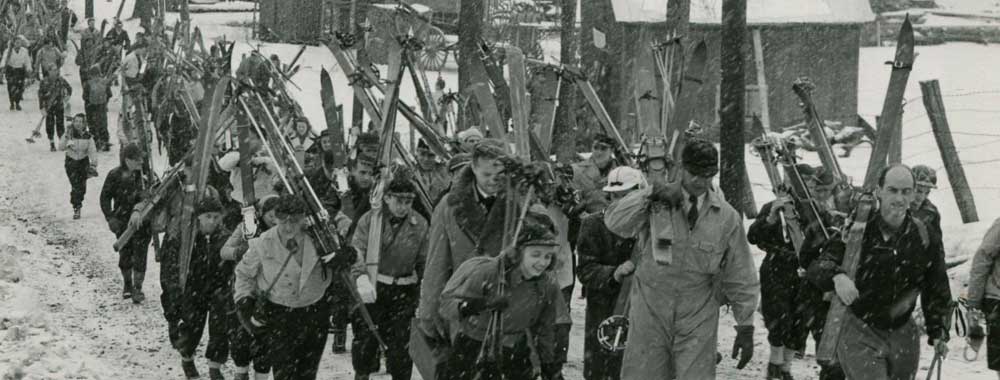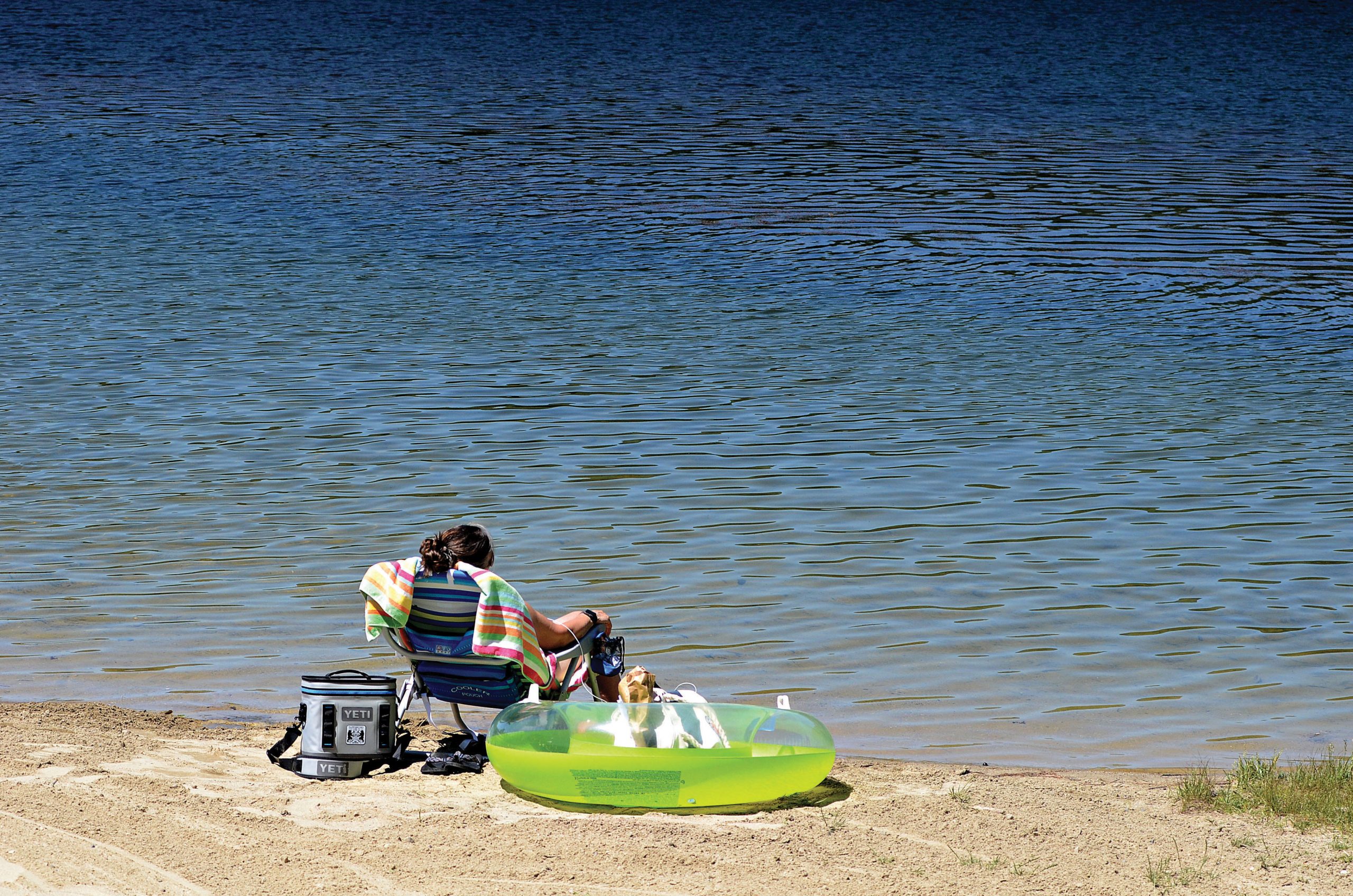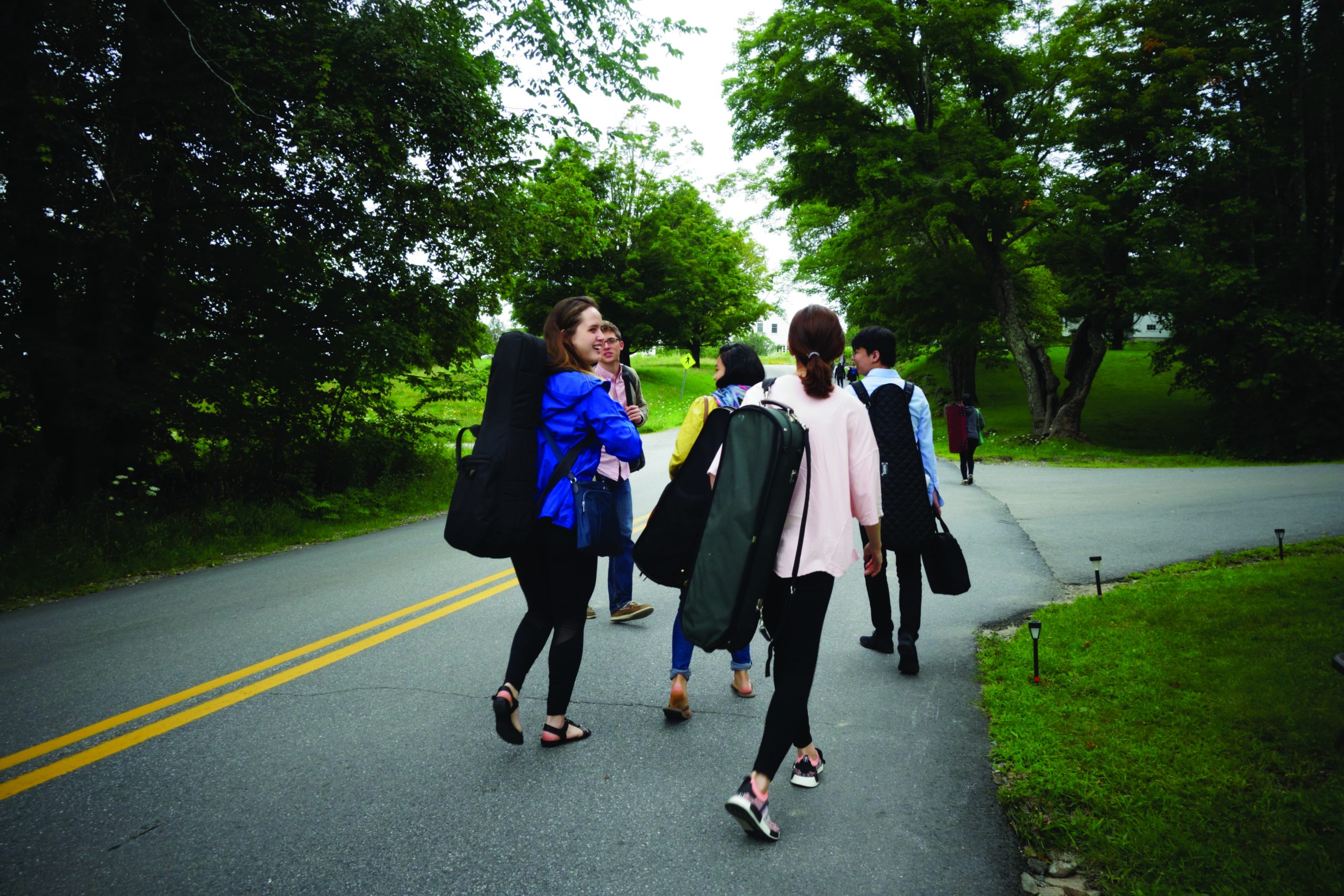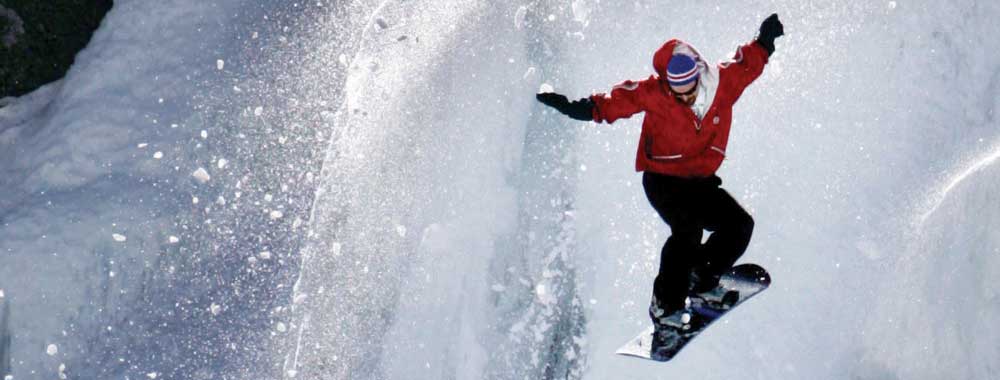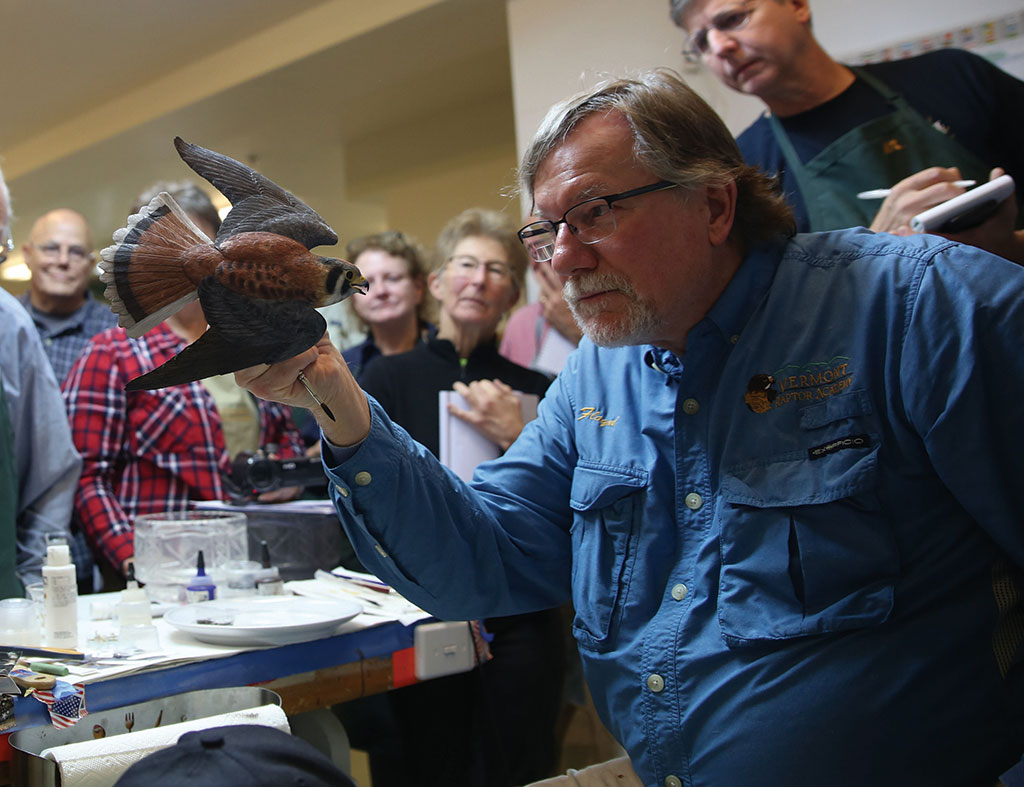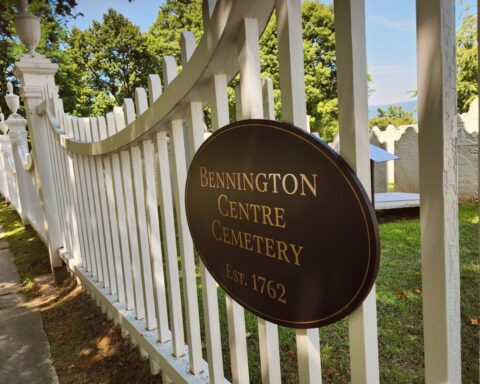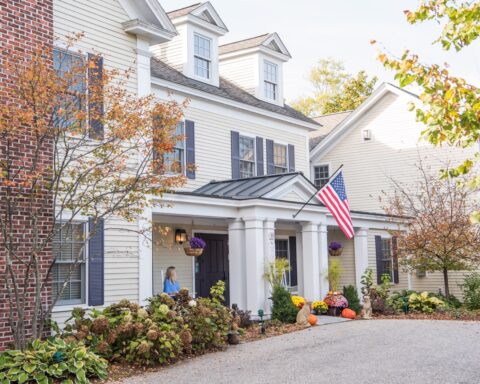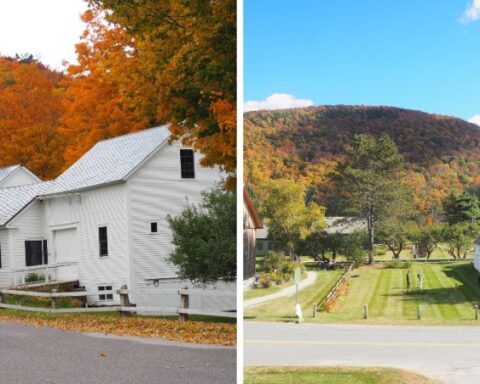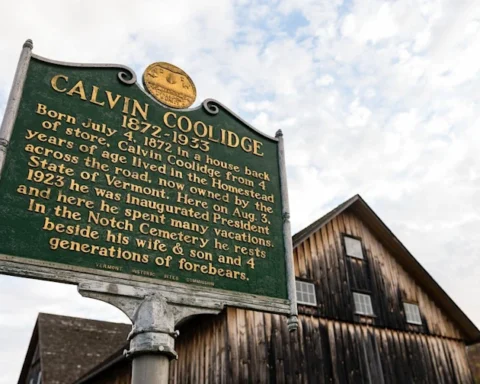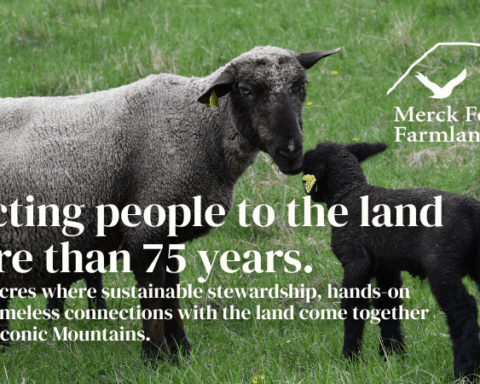
By Jennifer Huberdeau
In the 1930s, thousands of skiers boarded “snow trains” headed for the multitude of ski tows and slopes that had popped up across New Eng-land.
The snow trains, an invention of the rail industry during the Great Depression, deposited their passengers in the Berkshires and Southern Vermont for the day and swept them back to their urban haunts at the end of the day.
“In the mid-1930s, in the middle of the Great Depression, people didn’t have cars. Ski trains were like party buses,” said Jeremy K. Davis, author of “Lost Ski Areas of the Berkshires.” “You could go up for the day, arrive around 10 a.m. or 11 a.m., ski for the day and then go back home.”
Born from trails carved by the Civilian Conservation Corps. or from partnerships with the railroads, places such as Beartown in Lee, Mass., and Farnams-in-the-Berkshires, located in Cheshire, Mass., rose in popularity when the snow trains began running.
“The New York Central Railroad wanted to build its own stop,” Davis said of Farnams-in-the-Berkshires, once located across from the Cheshire Reservoir.
The snow trains would arrive and the skiers would walk across the road (now Route 8) to a tow rope that would take them to the top of the slopes. It boasted four tow ropes and a 600-foot vertical drop, which were not enough to keep it open after the advent of World War II.

Today, the majority of the popular ski areas that brought tourists to the Berkshire Hills, the Green Mountains of Vermont and the White Mountains of New Hampshire, beginning with the snow trains and ending with destination resorts from the 1970s and 1980s, exist only as abandoned ski lifts and tow ropes, photographs, postcards and memories.
It was a fascination with these abandoned ski areas that led Davis to found The New England and Northeast Lost Ski Areas Project (NELSAP) and to pen five books on lost ski areas — two set in the Adirondacks, one on Southern Vermont and another in the White Mountains. His latest, chronicling 37 lost ski areas in the Berkshires, was released at the end of November.

Davis, 40, who lives Saratoga Springs, N.Y., began his love affair with abandoned ski areas when he was a teenager growing up outside Chelmsford, Mass.
“Almost 30 years ago, I took my first ski lesson. My family started taking ski trips when my brother and I started skiing,” he said. “Up in the White Mountains, as we drove past Mount Whittier, an abandoned ski area caught my attention.
“I could see this huge ski area, its abandoned base lodge all boarded up; the ski lifts rusting; trees growing up and around it. I wondered, ‘What happened there?’ There was no internet. There were no books on it; no one I could ask.”
As his family continued to take ski trips, he began discovering other places. Soon, he found himself out on a Saturday, typically with his father, searching for abandoned ski areas.
“It just kind of combined into an interesting hobby. It became a sixth sense, finding a collapsed lift tower or the foundation of an old ski lodge,” Davis said. “When I got to college, websites were just starting. I started a website on Geocities. I asked people to share their stories about these places. I was crowdsourcing before the word was created. The site grew gradually; people sent me information. Technology became better and microfilm was digitized.”

In 2007, History Press reached out to Davis, asking if he would turn his website into a print book. The first book, “Lost Ski Areas of the White Mountains,” found a niche, and the other books followed.
“It’s been a rewarding project,” he said of maintaining the website and writing the books. “I found a dozen places that weren’t on the website while I was doing my research.”
But the biggest thrill still comes from digging up the history of an area based on the fragments left behind. In Cheshire, a small portion of the train platform foundation still exists on the side of the Ashuwillticook Rail Trail, just south of the causeway.
At the Greylock Glen, the remnants of the base of three chairlifts, with towers, and the foundation for a drive building can be found.
“You can see where money ran out,” Davis said. “It’s like a construction site that stops midway and was just left there. It’s a new relic. It’s such a large scale unfinished project — a really unique example.”

Filled with photographs and information about how to find the locations of these gems, the book details numerous lost ski areas, including Abbey Hill in Great Barrington, the Elk Summit Practice Slope in Florida, Konkapot Farms in New Marlborough; and resorts such as Brodie Mountain, Eastover, Marlboro Manor, Jug End Barn and Leisure Lee.
For more information and author signings, visit facebook.com/lostskiareasoftheberkshires or nelsap.org
Jennifer Huberdeau is editor of UpCountry magazine. She also pens the column, “The Cottager,” for Berkshires Week and The Shires of Vermont.
